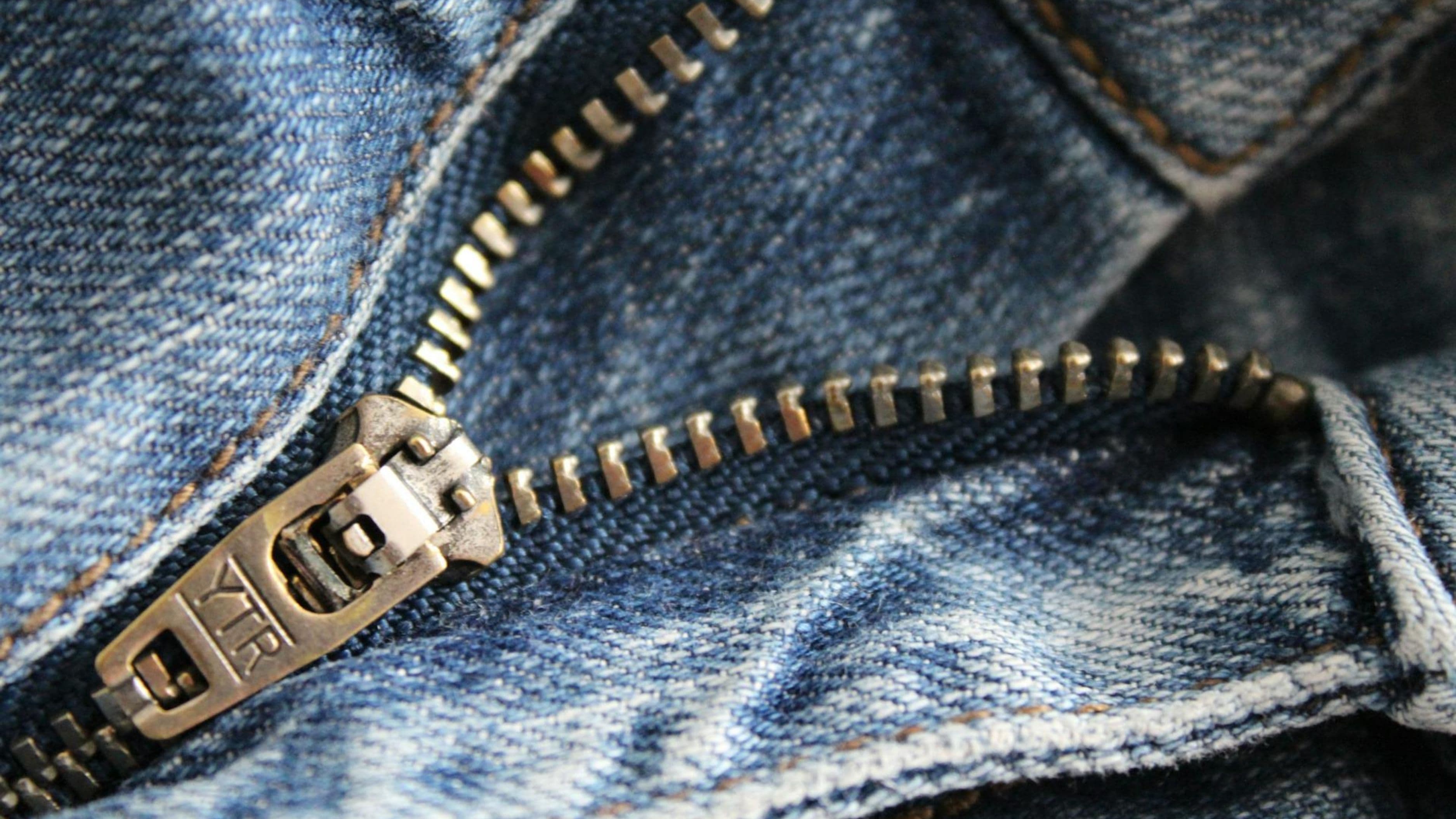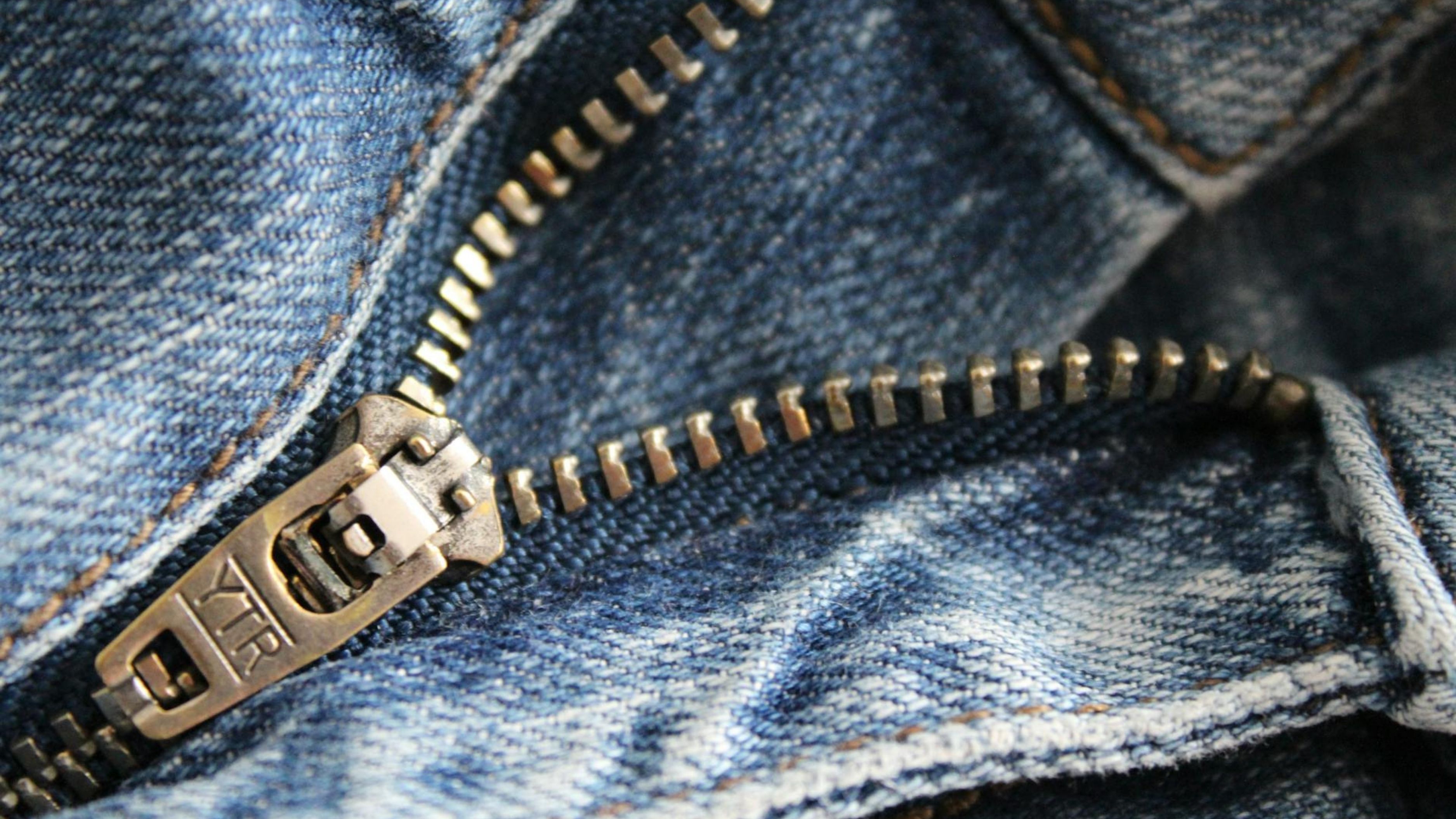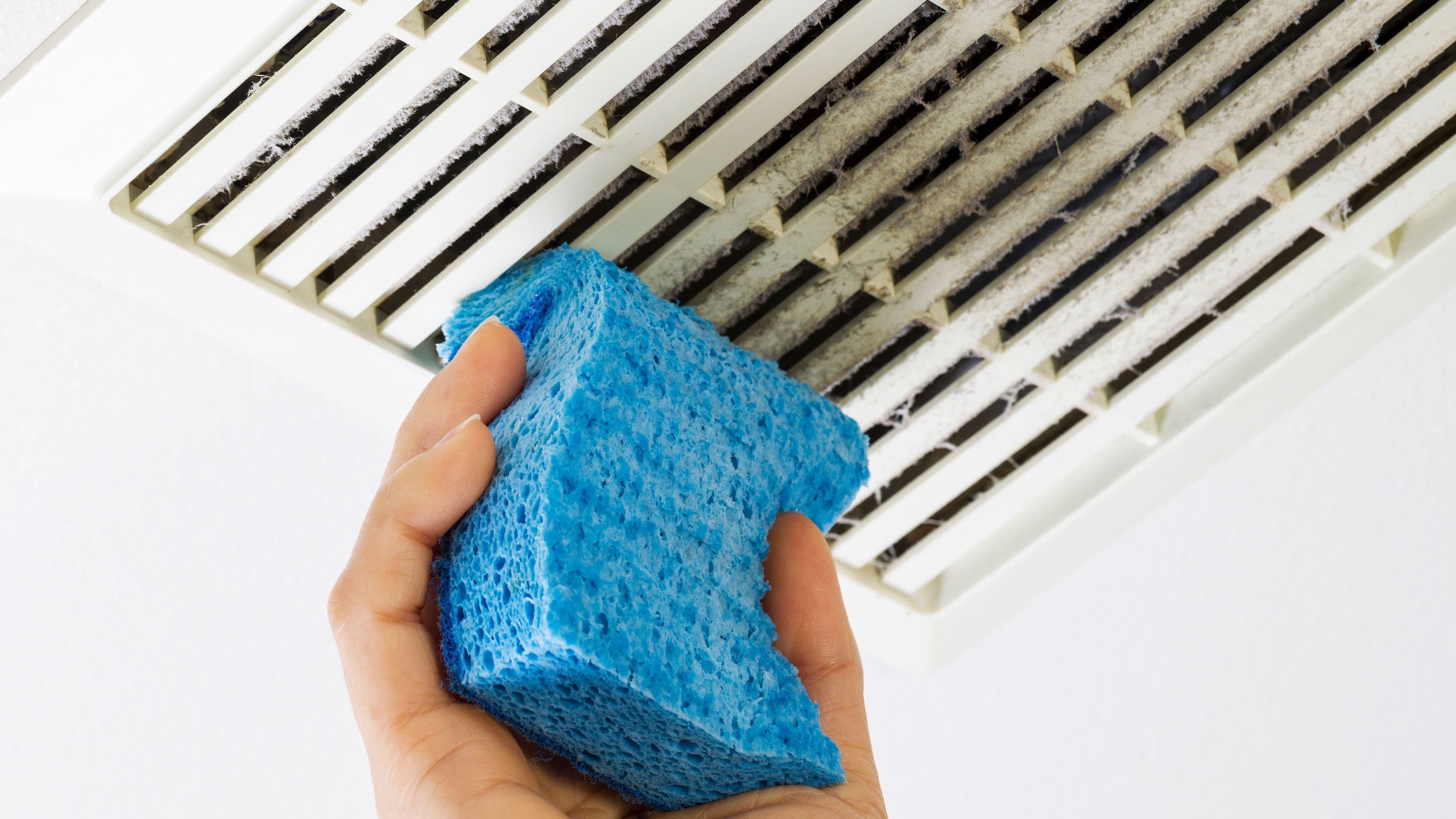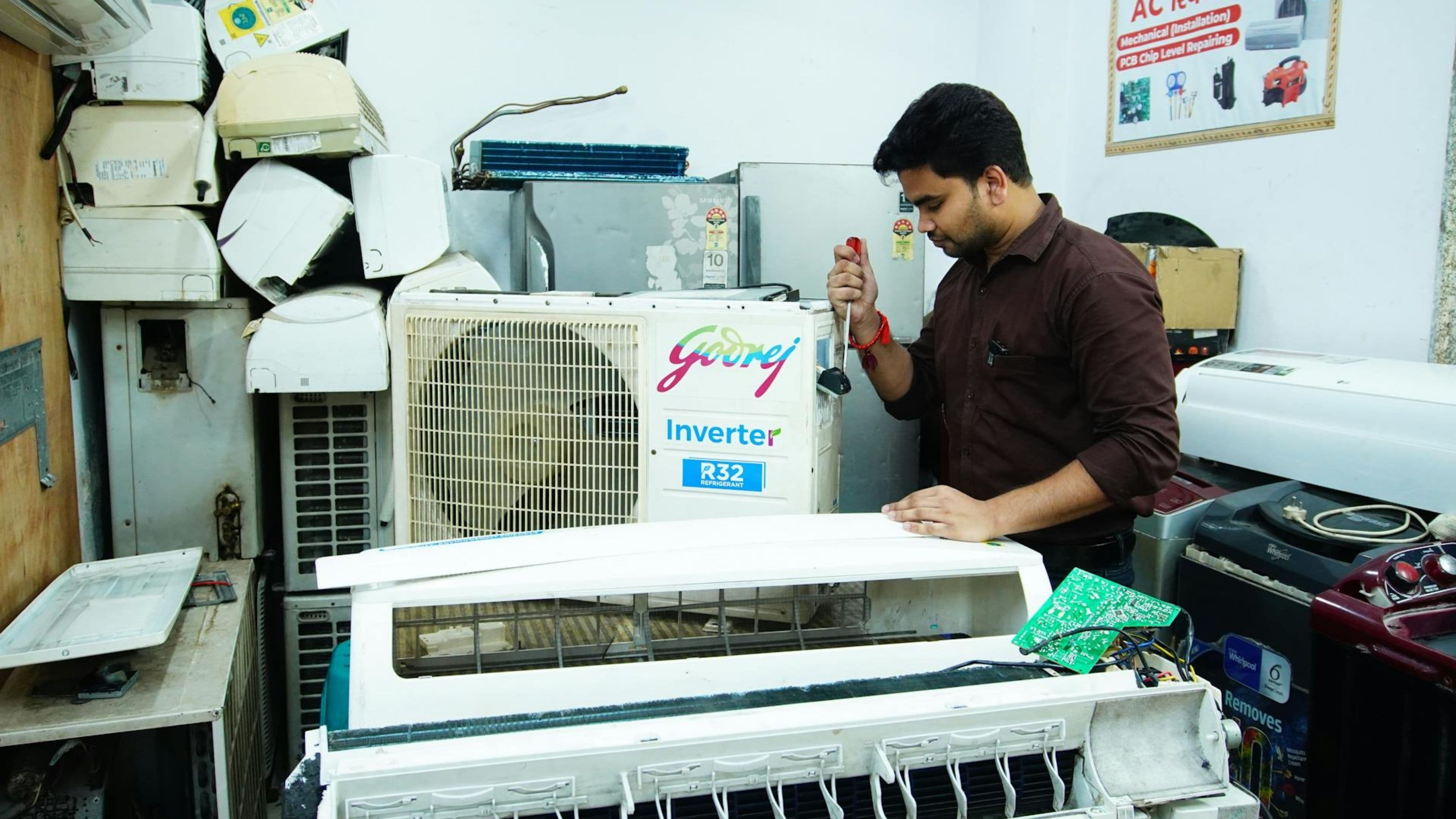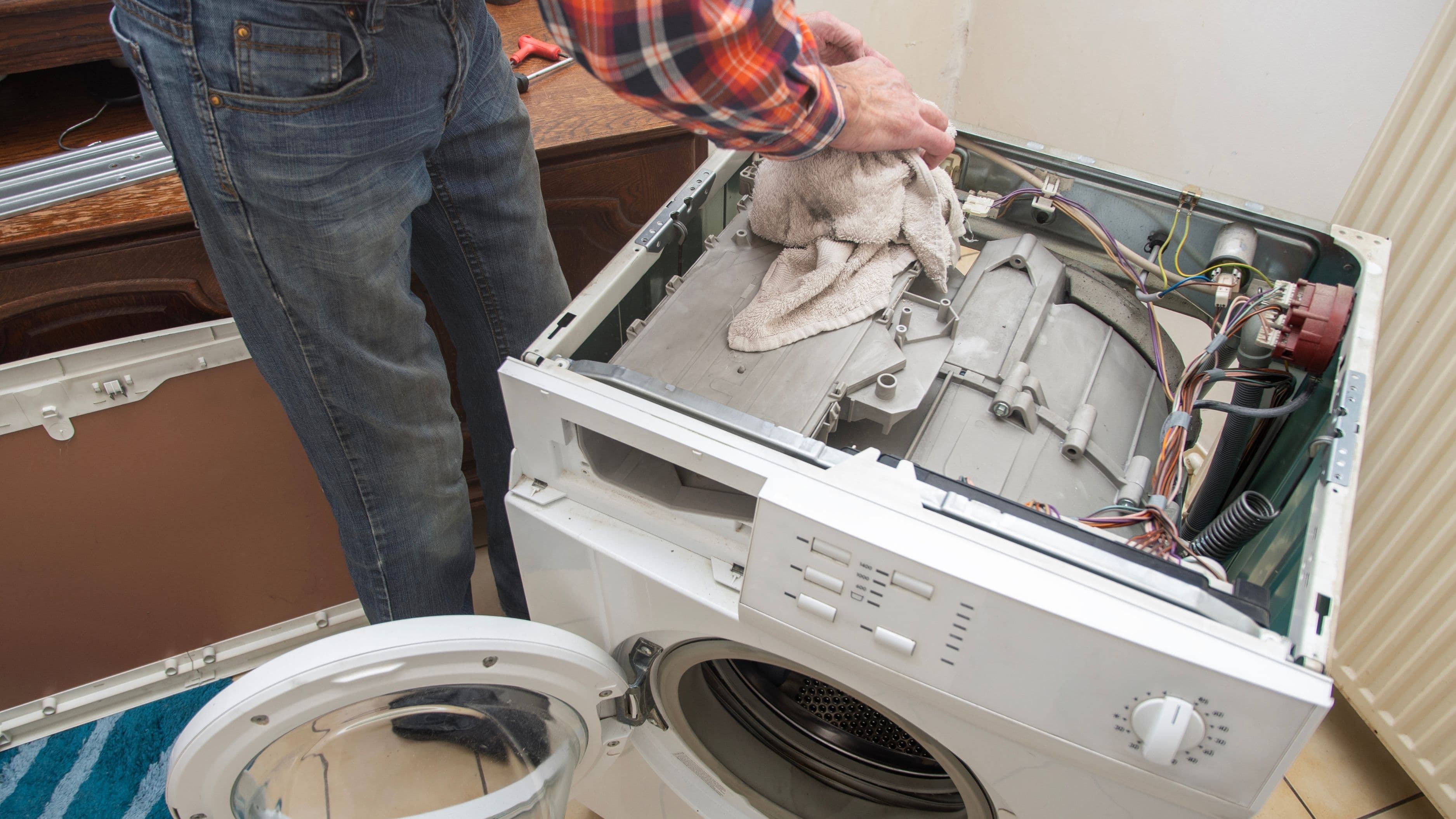Method 1: The Graphite Pencil Fix (For Sticky Zippers)
What You Need: A standard graphite pencil (number 2 works perfectly)
Zippers get sticky when dirt, fabric fibers, or dried detergent build up between the teeth. The graphite in pencil lead acts as a dry lubricant that lets the zipper glide smoothly again. Rub the pencil tip directly along both sides of the zipper teeth, coating them generously from top to bottom. Work the zipper up and down several times to distribute the graphite into all the crevices—you'll feel the resistance disappear almost immediately.
This method works brilliantly on metal zippers and performs well on plastic ones too. The best part? Graphite won't stain your clothes like oil-based products might. If the pencil trick doesn't completely solve the problem on the first try, repeat the application and add a little more pressure as you work the zipper back and forth.
Pro Tip: Keep a pencil in your car's glove compartment or work desk drawer for emergency zipper fixes on the go.
Method 2: The Pliers Realignment (For Zippers That Split Open)
What You Need: Regular household pliers or needle-nose pliers
That frustrating moment when your zipper slides up but the teeth don't actually connect is usually caused by a misaligned zipper slider—the metal or plastic piece that moves up and down. Over time and repeated use, the slider's top and bottom plates spread apart slightly, losing their grip on the zipper teeth. The fix is surprisingly straightforward: gently squeeze the slider with pliers to bring those plates closer together.
Position the pliers on the top and bottom of the slider (not the sides where the fabric pulls through). Apply gentle, even pressure and squeeze just enough to close the gap—about one millimeter is all you need. Test the zipper slowly to see if the teeth now connect properly as you zip upward.
Be careful not to squeeze too hard or you'll crack the slider completely, especially on plastic zippers. Start with minimal pressure and gradually increase if needed. This method has saved countless jackets, backpacks, and sleeping bags from the donation pile, giving them years more life with thirty seconds of effort.
Method 3: The Zipper Slider Replacement (For Broken or Missing Sliders)
What You Need: Replacement zipper slider (available at craft stores or online for $2-5), small pliers, and scissors
Sometimes the slider itself breaks beyond repair—the pull tab snaps off, the metal body cracks, or it falls off the track entirely. Replacing the slider sounds technical, but it's actually the most permanent fix you can do yourself. Purchase a replacement slider that matches your zipper type: metal sliders for metal zippers, plastic for plastic, and make sure the size matches (zipper sizes are usually printed on the original slider).
First, remove any fabric stops at the top of the zipper—these are the small metal or plastic pieces that prevent the slider from coming off. Use scissors or pliers to carefully pry them off. Thread the new slider onto the zipper teeth starting from the top, making sure the pull tab faces the correct direction (it should pull away from the garment). Gently work the slider down onto both sides of the zipper teeth until it catches and you can zip normally.
Replace the top stops by crimping new ones onto the zipper (sold with replacement sliders) or sewing a few tight stitches across the top teeth to prevent the slider from sliding off again. This repair transforms what seemed like a fatal zipper failure into a perfectly functional closure that often works better than the original. The entire process takes about ten minutes even for complete beginners, and you'll have the satisfaction of knowing you fixed something others would have thrown away.
When to Call It Quits
Not every zipper is worth saving—if the teeth themselves are missing, severely bent, or damaged over a large section, replacement is your best option. A tailor can install a completely new zipper for $15-30, which is still cheaper than replacing an entire jacket or pair of boots. But estimate that 80% of zipper problems fall into the fixable category using the three methods above.
Start Small, Win Big
Pick whichever method matches your current zipper crisis and try it right now. Momentum starts small—fixing one broken zipper builds the confidence to tackle the next household repair, then the next. That jacket you haven't worn in months because of a stuck zipper? It could be back in rotation by dinner time. Those jeans with the sliding zipper? Five minutes and a pencil stand between you and wearing them again. The tools are already in your home, the knowledge is in your hands, and the satisfaction of fixing instead of replacing is worth more than the money you'll save.
📚 Sources
1. American Home Furnishings Alliance. (2023). "Consumer Repair and Maintenance Habits Survey." AHFA Annual Report on Household Durability.
2. Fashion Institute of Technology. (2022). "Extending Garment Lifecycle: Simple Repairs That Matter." Sustainability in Fashion Quarterly, 14(3), 45-52.
🔍 Explore Related Topics

